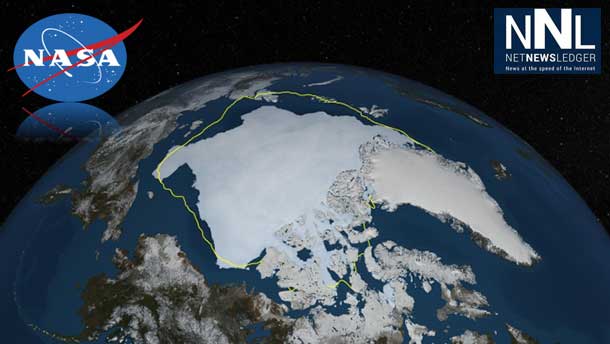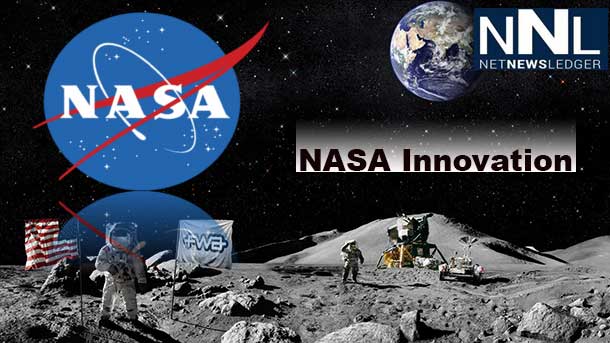HOUSTON – Weather – If all the planets NASA has explored, none yet have matched the dynamic complexity of our own Earth. Earth teems with life and liquid water; massive storms rage over land and oceans; environments range from deserts to tropical forests to the icy poles. And amid all of that, seven billion people carve out a daily life.
And our planet is changing. Through the gradual build-up of more greenhouse gases in the atmosphere, Earth is warming. As Earth warms, ocean waters expand and ice melts to make sea levels rise. The cycle of rainfall and evaporation accelerates, leading to more severe droughts and more severe bouts of rainfall. Heat waves become more frequent and more intense.
It is this changing world that NASA continues to explore and strives to understand, so that societies can meet the challenges of the future.

Since the agency’s inception in 1958, NASA has established itself a world leader in Earth science and climate studies. That will never be more apparent than in the next 12 months, when five NASA Earth-observing missions will be launched – more than NASA has conducted in a single year in over a decade. This is Earth Right Now.
- The launch of the Global Precipitation Measurement Core Observatory will inaugurate an unprecedented international satellite constellation to produce frequent global observations of rainfall and snowfall — revolutionary new data that will help answer questions about our planet’s life-sustaining water cycle and improve weather forecasting and water resource management.
- The Soil Moisture Active Passive satellite will take its place in the fleet of NASA satellites now observing every phase of Earth’s critical water cycle, allowing the agency to “follow the water” from underground aquifers to the oceans to moisture and rainfall in the clouds. Scientists look to the changes in this cycle as a signature of climate change. Understanding how and how quickly those changes will happen will be vital toward allowing cities and countries to adapt.
- As carbon dioxide levels in Earth’s atmosphere continue to rise, NASA will launch the Orbiting Carbon Observatory-2 to make a completely new set of global, satellite measurements of the still mysterious ways that carbon moves through the atmosphere, land and ocean.
- The deployment of two new instruments on the International Space Station will for the first time convert the orbiting astronaut lab into a 24-7 platform for Earth science. The ISS-RapidScat instrument will observe how winds behave around the globe to benefit weather forecasts and hurricane monitoring, while the Cloud-Aerosol Transport System, or CATS, instrument will make critical measurements of clouds and aerosols – still the two climate change variables most difficult to measure and predict.
NASA does more than develop and build Earth-observing spacecraft and sensors. The agency’s multi-disciplinary team of scientists, engineers and computer modelers also analyze vast archives of data for insights into Earth’s interconnected systems — atmosphere, ocean, ice, land, biosphere — and openly provide that data to the global community. They design and deploy airborne, ground-based and ocean-going field campaigns to study Earth from the heights of the stratosphere to the depths of the ocean to the remote ice caps at the poles. And they work with other government agencies and partner organizations to apply NASA data and computer models to improve decision-making and solve problems.










